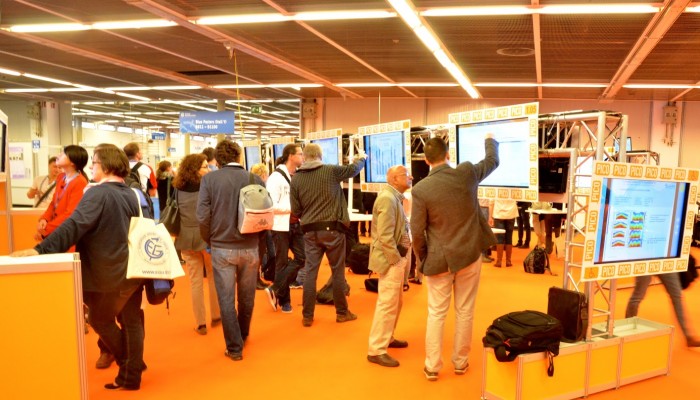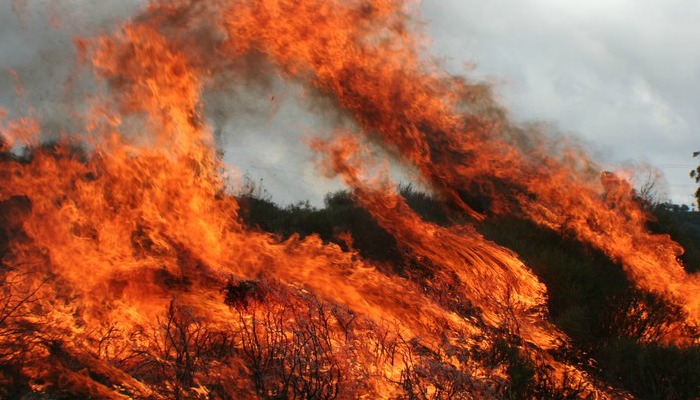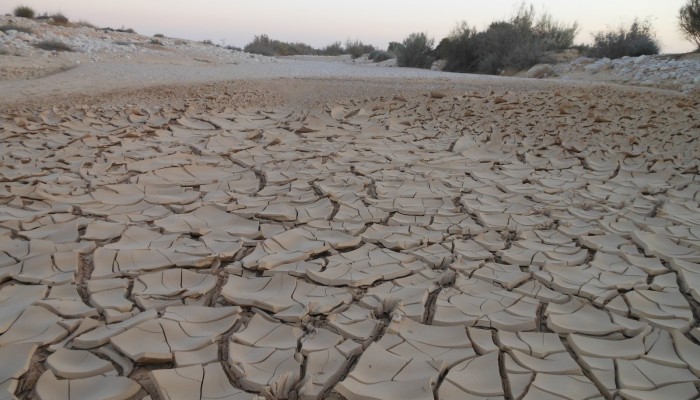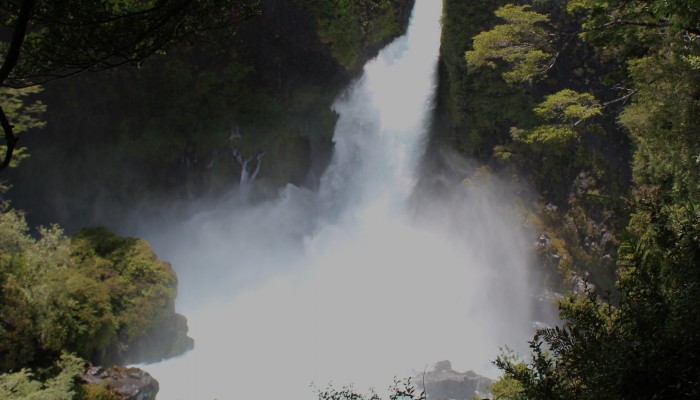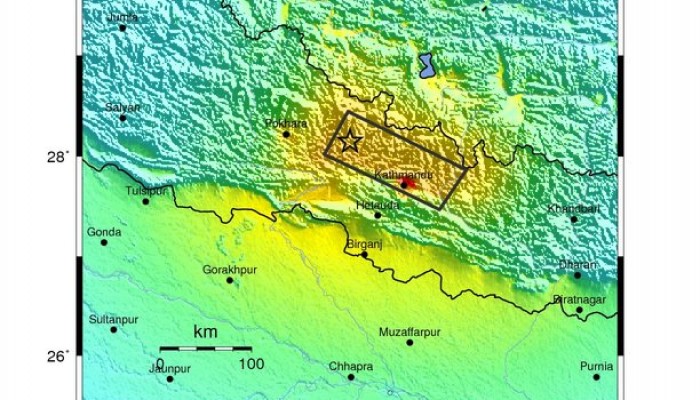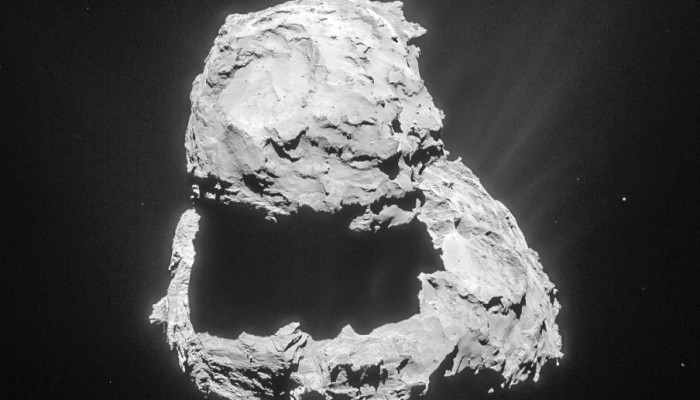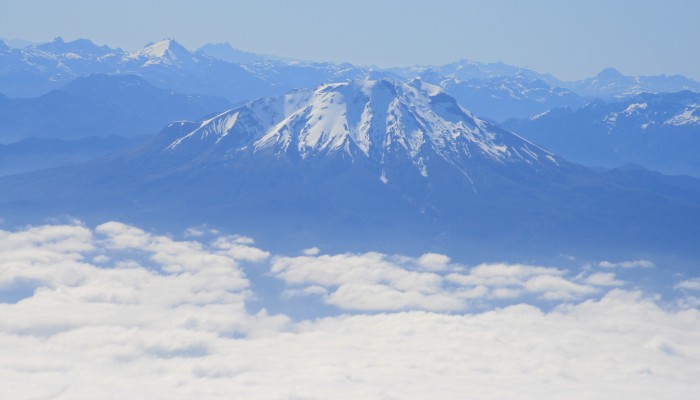This year it is once again possible to upload your oral presentations, PICO presentations and posters from EGU 2015 for online publication alongside your abstract, giving all participants a chance to revisit your contribution – hurrah for open science! Files can be in either PowerPoint or PDF format. Note that presentations will be distributed under the Creative Commons Attribution 3.0 Licence. Up ...[Read More]
If you didn't find what you was looking for try searching again.
Soil System Sciences
Fire and soil microorganisms: where should we focus on?
Gema Bárcenas-Moreno University of Seville, Sevilla, Spain Currently, the complexity of soil microbial ecology on soil systems is a hot topic in the environmental sciences, since the scientific community has achieved a deep knowledge of the relevance of microorganisms in soil processes. After several decades of study of the effects of wildfires on soils, one of the main conclusions is that soil mi ...[Read More]
GeoLog
Floods and droughts set to increase due to climate change
The planet is set to encounter a record-level amount of floods and droughts by 2050 – researchers recently announced at the European Geosciences Union’s General Assembly in Vienna. Nikita Marwaha shares their predictions on the impact that climate change will have on these extreme weather conditions. In a study by the Joint Research Centre (JRS) – the European Commission’s in-house science service ...[Read More]
Geology for Global Development
Disasters Emergency Committee – Nepal Earthquake Appeal
In the coming weeks there’ll be time for reflection, for debate, for advocacy to build back better. Today the priority has to be ensuring a swift and effective response – getting clean water, food, shelter, medical aid to those that desperately need it. The UK Disasters Emergency Committee is a collective of UK development organisations, working together in emergency situations. They l ...[Read More]
VolcanicDegassing
Volcán Calbuco: what do we know so far?
Detailed assessments of what happened during the April 22-23 eruption of Calbuco, Chile, are now coming in from the agencies responsible for the scientific monitoring of the eruption (SERNAGEOMIN) and for the emergency response (ONEMI). The volcano is well monitored and accessible, and as a result there has been a great deal of high quality information, and imagery, made available very quickly. In ...[Read More]
VolcanicDegassing
Taking the pulse of a large volcano: Mocho-Choshuenco, Chile
As the recent eruptions of Calbuco and Villarrica in southern Chile have shown, the long arcs of volcanoes that stretch around the world’s subduction zones have the potential to cause widespread disruption to lives and livelihoods, with little or no warning. Fortunately, neither of these eruptions has, so far, led to any reported loss of life – but the consequences of these eruptions ...[Read More]
An Atom's-Eye View of the Planet
Why Kathmandu was so vulnerable
The magnitude 7.9 earthquake that hit Nepal this morning is shocking news. For some time scientists have realised that the Kathmandu valley is one of the most dangerous places in the world, in terms of earthquake risk. A combination of high seismic activity at the front of the Tibetan plateau, poor building standards, and haphazard urbanisation have come together today with fatal consequences. The ...[Read More]
Geology for Global Development
Tragedy in the Himalaya – Largest Earthquake for 80 years in Nepal
(Updated: 27th April 2015) Almost all of you will have seen the tragic news coming from Nepal. A magnitude 7.8 earthquake struck the region between Pokhara and Kathmandu, with at least 1000 killed at the time of writing. This number is likely to go up in the coming hours and days as the true extent of the devastation becomes apparent. Here we note some recommend reading and news sources on the eve ...[Read More]
GeoLog
Scientists share new observations from comet-chasing Rosetta Mission
Scientists working on the European Space Agency (ESA) Rosetta Mission provided an update on the comet-chaser and its lander, Philae, at the European Geosciences Union (EGU) General Assembly last week, as well as sharing new science gained from the duo so far. These new results from Rosetta were announced at a press conference on Tuesday 14 April, with additional research presented at the Rosetta s ...[Read More]
VolcanicDegassing
Calbuco erupts. April 22, 2015.
Volcan Calbuco, which burst into eruption on April 22nd, is one of more than 74 active volcanoes in Southern Chile that are known to have erupted during the past 10,000 years. Unlike its photogenic neighbour, Osorno, Calbuco is a rather complex and rugged volcano whose eruptive record has posed quite a challenge for Chilean geologists to piece together. The little that we do know about Calbuco’s e ...[Read More]

